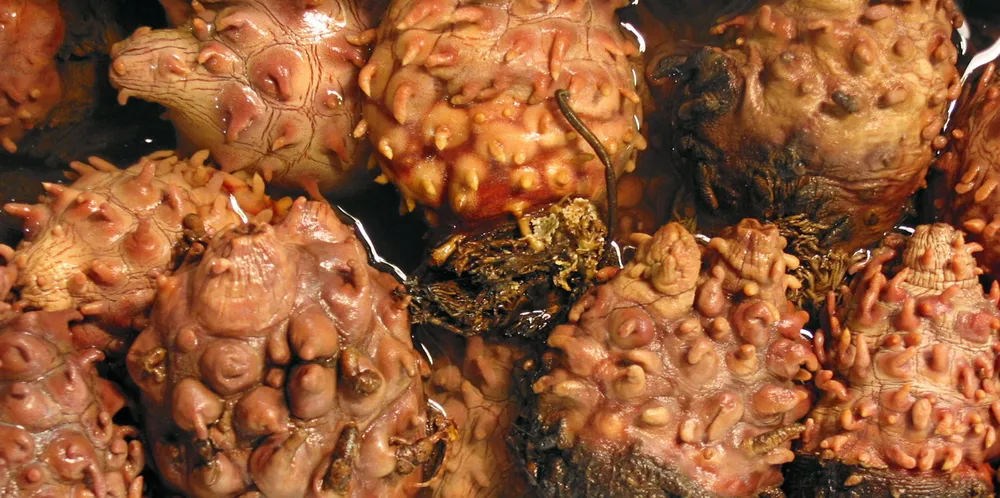Why pig blood and sea-pineapple shells could reduce the cost of green hydrogen
Japanese scientists invent cheap, 'sustainable' alternative to expensive platinum-group electrolyser catalysts

Japanese scientists invent cheap, 'sustainable' alternative to expensive platinum-group electrolyser catalysts
